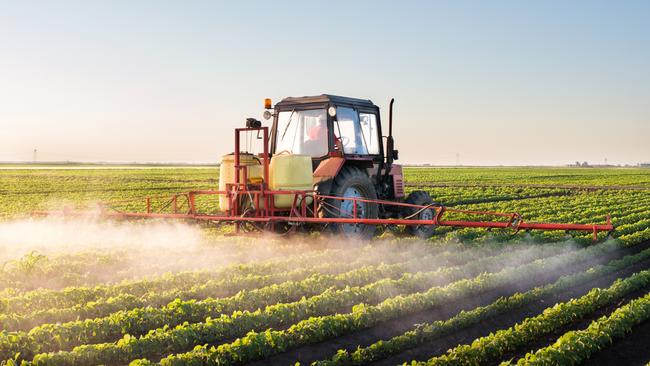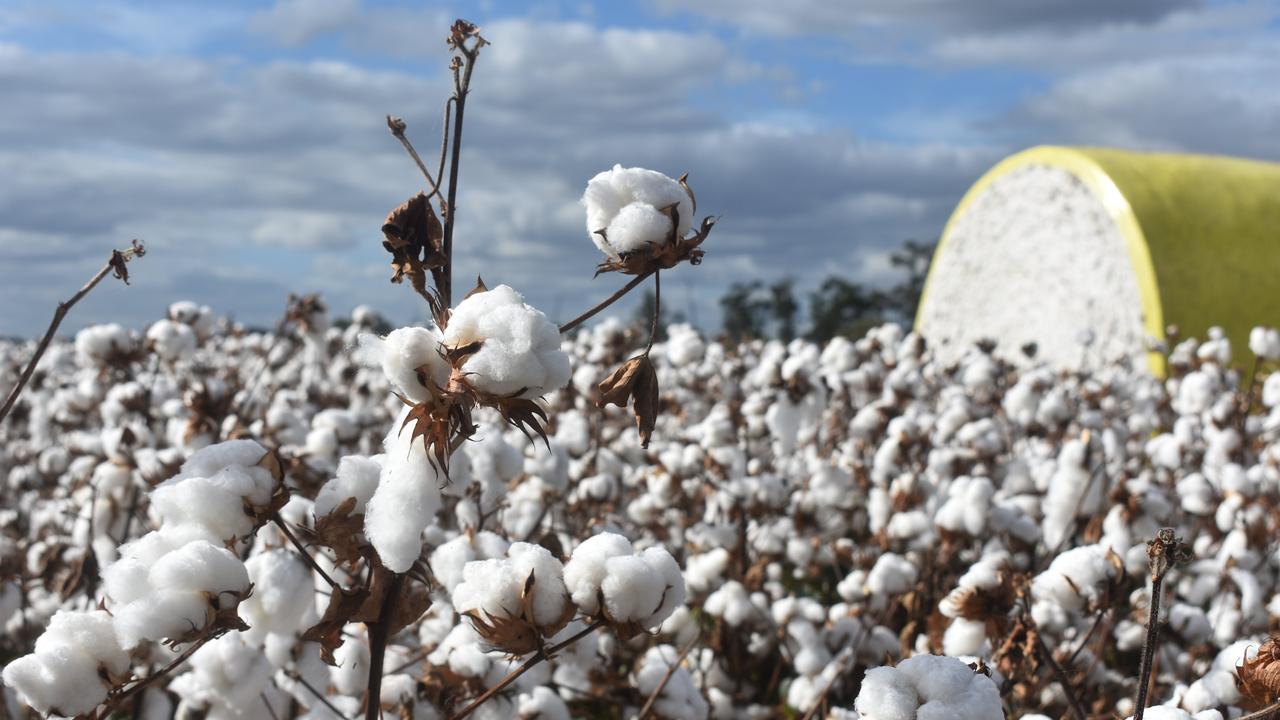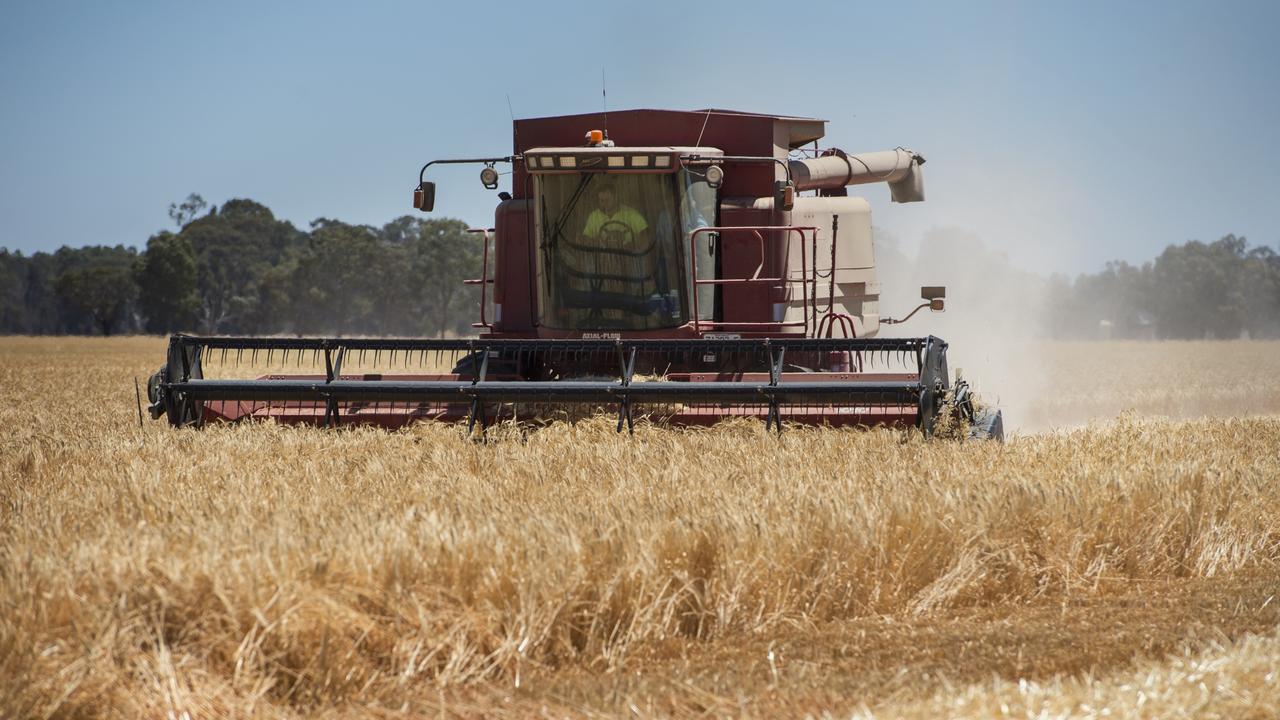Oilseed meal price continues to surge
While most grain prices are lower this year following the drought, one commodity is bucking the trend. See how higher values impact pulse growers and livestock operators.

THE trade in Australian wheat and barley is slow and steady, well supported by highly competitive pricing on global markets.
However, it’s the surge in oilseed meal prices that is increasing the underlining cost for protein in livestock feeds.
Australia is a net importer of oilseed meals to provide protein to the nation’s livestock.
The level of imports lifted last year when canola production on the east coast plummeted but imported soybean meal was an affordable source of protein for pig, poultry and ruminant feeds.
As the global benchmark for oilseeds, soyabean futures on the Chicago exchange illustrate the dramatic change in the oilseed complex.
The price rally has been most pronounced in the last five months but in the last year, soyabean futures have rallied $200 a tonne.
This has seen soybean and soyabean meal prices increase by 45 per cent year-on-year.
In this period, soybean production in Brazil has increased seven million tonnes.
But analysts are concerned about the insatiable Chinese demand for soyabean, the declining canola production in Canada and the EU as well as a six million tonne fall in soyabean production in Argentina.
Last month the International Grains Council forecast that global meal stocks would fall from 14 million tonnes to 11.6.
Further forecasts from the US Department of Agriculture this week are expected to be significant for oilseed as well as cereal grains markets.
Although there has been a sharp increase in canola production, especially in NSW, livestock producers still need imported meals which correspondingly supports the local prices of canola meal.
Canola meal is quoted at $460 a tonne ex-works Melbourne, $40 a tonne higher year on year, which is influencing pulse prices.
From September 2018 until July last year, faba beans were trading into Melbourne at over $600 a tonne. During this time there was a shortage of faba beans to the key market of Egypt and Australia experienced limited competition.
This season, traders believe that faba bean production will exceed that achieved during the 2016-17 season.
Unlike previous years, faba bean production in the Baltic states has increased. In the six weeks to mid-December, some buyers were reluctant to chase faba beans and prices fell $80 a tonne to $325 a tonne. At these prices stockfeed companies became active.
But prices have partially recovered. This week faba beans have spiked $30 a tonne to $376 a tonne delivered to grain packers in Melbourne.
At this price, beans are still 15 per cent more expensive than canola meal on a simple cost per unit protein basis but are considered more available to buyers.
For similar reasons lupins are $20 a tonne higher this week, quoted at $376 a tonne ex-farm in the Wimmera and Mallee.
MORE
EXPORTERS SWEETEN OFFERS TO MEET DEMAND FOR STRONG HARVEST
YEAR ENDS ON HIGH WITH STRONG DEMAND FOR BUMPER CROPS
PRICES CONTINUE TO CLIMB DESPITE FIRMER DOLLAR, BUMPER HARVEST


